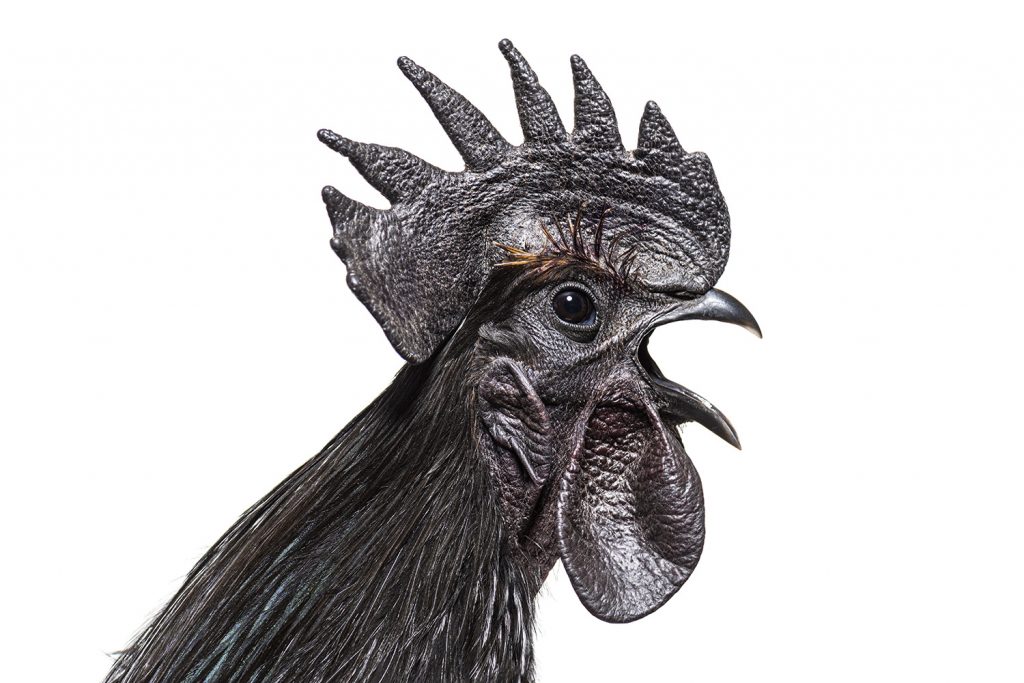IN OTHER LANGUAGES

The first thing that comes to mind when we find out that our birds are affected by oral ulcers is mycotoxin contamination, and that possibly the mycotoxin binder that we are using is not working properly or its dose is too low.
While it’s true that mouth ulcers are primarily produced by mycotoxins, there are three other possible causes for this problem. Continue reading to learn more!
The main mycotoxins responsible for oral ulcers are T-2 toxin and diacetoxyscirpenol (DAS), both belonging to the trichothecene group. These two mycotoxins are very caustic, and, when their presence in feed lasts over time, they lead to lesions on the oral mucosa.
To confirm the diagnosis, it is necessary to determine mycotoxins in feeds. It is advised to sample at least three points, and to do so in the most representative way possible:
Several research papers associate oral ulcers with an excessive percentage of fine particles in feed. There is no clear explanation for this correlation, but it has been hypothesized that fine particles cannot be washed away completely by the saliva, remaining on the surface of the oral mucosa, where they start an infection and the corresponding ulceration.
It is advisable to do a granulometric analysis of the feed and to compare the results with the standard recommendations for the corresponding breed of birds.
Copper sulfate is an essential trace mineral that is sometimes used to promote growth, to prevent bacterial and fungal diseases, and to promote overall health.
However, at a dose of 400 grams per ton or higher, copper sulfate may irritate the mucosa of the digestive system and lead to ulcerative processes.
If we find oral ulcers and we are using copper sulfate, we can reduce its dose or remove it completely.
Sometimes the calcium particles have not been ground properly: they are rough and have an abrasive effect on the oral mucosa. In this case, the grinding process of the calcium source needs to be reviewed.
BioShield© is a complete solution that protects your animals against toxicity by mycotoxins. It includes:
PlusBind© is a mixture of carefully selected silicates intended for the prevention of diseases and productivity losses related to the presence of all types of mycotoxins. It is indicated in poultry, pigs, aquaculture and ruminants.
The silicates present in PlusBind© have a highly expandable molecular structure. This characteristic gives the product a wide surface available for the adsorption of mycotoxins and therefore allows a high effectiveness at lower doses (0.5-1 kg per ton of feed).
PlusBind Bio© is a mixture of carefully selected silicates intended for the prevention of diseases and productivity losses related to the presence of all types of mycotoxins. It also contains plant extracts with prebiotic effect.
It is indicated in poultry, pigs and aquaculture.
The silicates present in PlusBind Bio© have a highly expandable molecular structure. This characteristic gives the product a wide surface available for the adsorption of mycotoxins and therefore allows a high effectiveness at lower doses (0.5-1 kg per ton of feed).

Certain health statements may not be applicable in your region.